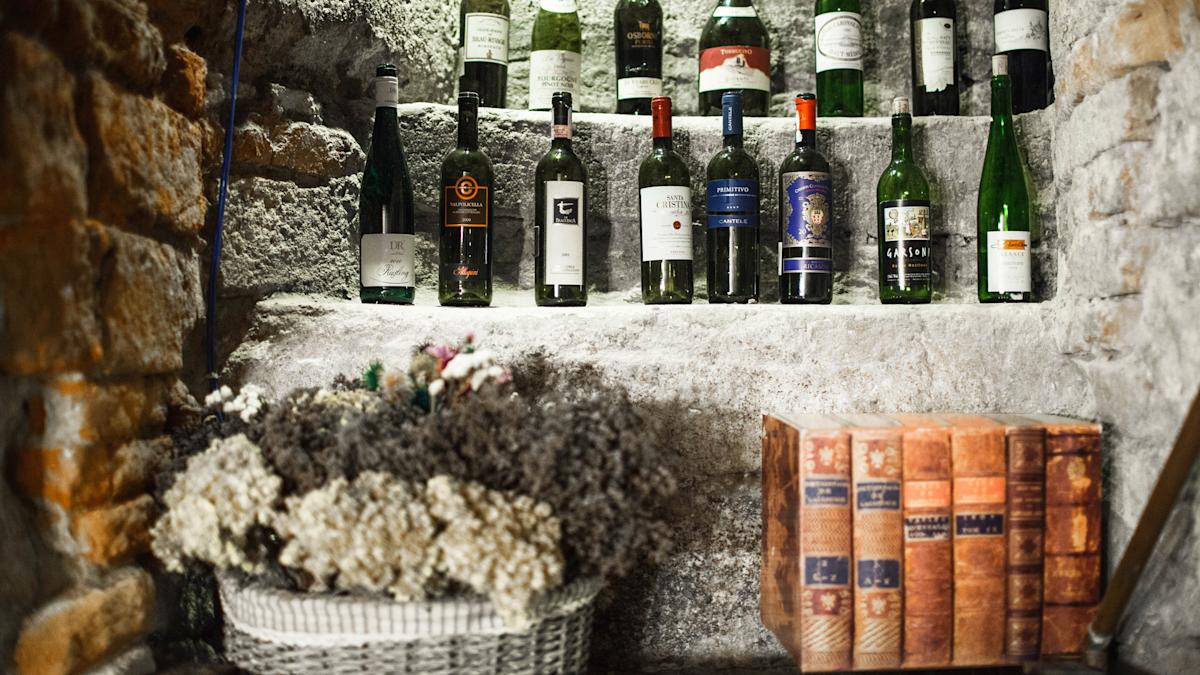The stock market isn’t the only tool to grow wealth. Alternative investments offer a good complement to a well-diversified portfolio of stocks and bonds. One investment alternative is wine, as it has a low correlation with the stock market.
Read Next: 12 Best Safe Investments To Grow Your Money in 2025
Explore More: 4 Housing Markets That Have Plummeted in Value Over the Past 5 Years
Although not as regulated as traditional investments, wine has enjoyed relative success in recent years. Here’s how a basic, $1,000 investment would have fared over the past decade.
Also see five expert-recommended alternative investments.
Past performance can be an indicator of future performance with investments. It’s not a guarantee, but it’s good to know before investing. As reported by Cult Wines in 2024, wine, as measured by the Liv-ex Investables Index, saw an average compound annual growth rate of almost 10% over the prior 10 years.
“Investment grade wine generally enjoys low-risk, stable growth, and has historically delivered an average Compound Annual Growth Rate of over 10% in the long term,” according to Vin-X, a wine brokerage firm.
Finexity, another leading wine investment firm, confirms that assertion. “High-quality wines can achieve an annual return of 8-12%. Some rare vintages even increase in value,” it noted.
If you had invested $1,000 a decade ago and earned that 10% annual return, you would have approximately $2,594 today, representing a 159% increase.
Check Out: How To Get a 10% Return on Investment (ROI): 10 Proven Ways
Certain parameters must be met for a bottle to be considered investment-level quality. Factors influencing return include the amount of production, secondary market demand and the age of the wine, according to Cult Wines.
According to Finexity, verifiable provenance and coming from notable wineries are also key to securing a worthy investment.
In short, bottles that come from known wineries, are meant to be aged and have strong demand are key to identifying a good opportunity.
As with any investment, not all wines perform the same. Wine comes from various regions, and some outpace others.
For example, as of 2023, wines from the Burgundy region in France experienced 214% growth over the prior decade, according to the Knight Frank Luxury Investment Index. Compare that with a 54% return over the same period for Bordeaux wines, and it’s easy to see the differences. Champagne also performed well, with a 125% return over the same time frame.







